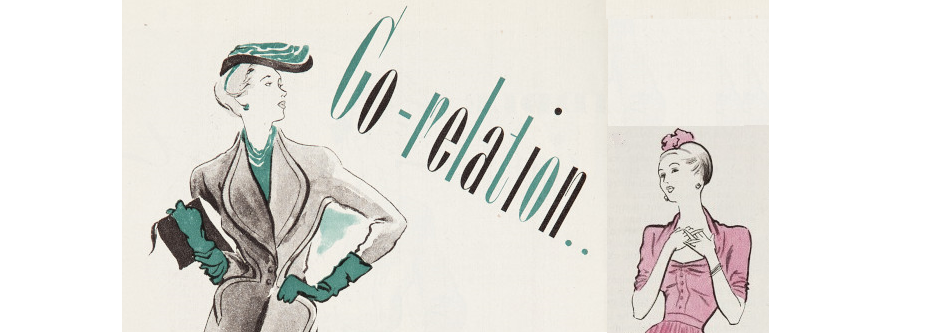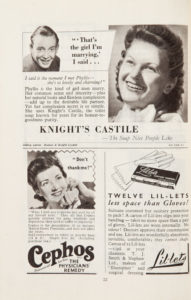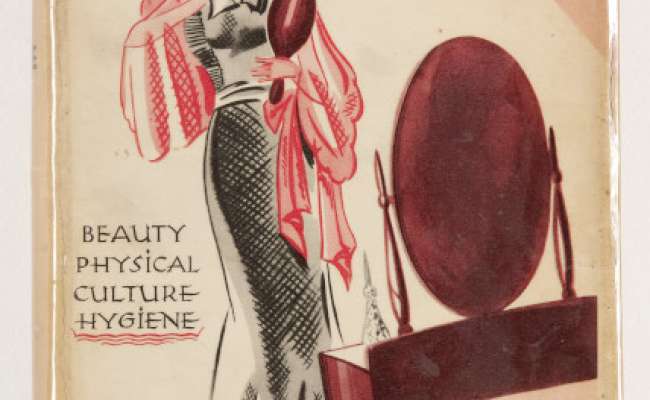
The role of women in the 1940s underwent significant transformations. The two World Wars had brought new opportunities for women, as many entered the workforce to do the jobs left by men who had gone to fight. Women took up positions in munition factories to support the war effort, and also undertook administrative and clerical roles in the growing civil service. After the end of the war, large numbers of women were made redundant or paid lower wages to make way for returning soldiers. This was matched by a popular discourse that women ought to “return” to their traditional place – the home.
As you read, here are some questions to think about
- What agendas informed the making of this “modern woman”, and how effective were magazines to this end?
- Some scholars have said that such domestic magazines reflected the lives of their readers, as in the case of real life experiences in advertisements. To what degree do you agree with that statement?
Modern Woman (1947)

Modern Woman was a magazine published from 1925 until the 1960s aimed at a middle class female audience. In editorial photo-features, it cast successful ‘modern women’ as role models for their readers, which suggests that many were likely professionals or ‘business girls’ (Hackney 2007, 14). But the magazine is also an example of the complex and confused messages that women received about their place in society, revealing ambiguities as to the identity of working women in these magazines.
In the issue we have selected from 1947, the leading article “The Three-Role Woman” questions the then commonplace belief that women should abandon work to be in the home. It asks: “why should a woman give up the skill and training she has taken years to acquire?”. The solution it proposes is to create a new tradition of home-making in the role of “trained, responsible, well-paid houseworkers” for the “many thousands of women who are domestically minded and unsatisfactorily employed.”
What does this tell us? It suggests a professionalization of housework which was, in any case, still seen as women’s realm.
 In other respects, the magazine points out social transformation and scientific innovations in issues concerning women, like personal hygiene. The advertisement for new “Lit-lets” tampons made visible the previously concealed world of menstruation, and explained how easy it is to carry “a carton of Lit-lets slips into your handbag – takes no more space than a pair of gloves”; they have “no odour”; they are “wonderfully absorbent, invisible, comfortable”.
In other respects, the magazine points out social transformation and scientific innovations in issues concerning women, like personal hygiene. The advertisement for new “Lit-lets” tampons made visible the previously concealed world of menstruation, and explained how easy it is to carry “a carton of Lit-lets slips into your handbag – takes no more space than a pair of gloves”; they have “no odour”; they are “wonderfully absorbent, invisible, comfortable”.
Looking at these magazines is important to understand the juxtapositions of different and sometimes conflicting messages. Next to the Lit-lets advertisement features an advertorial for Knight’s Castile soap in which Phyllis – after using the soap – “is the kind of girl men marry”, due to her “flawless complexion”. One promises the liberating benefits of new technology, while the other reinforces traditional visions of womanhood.
Fashion advice articles could also be prescriptive, check out the article “Co-relation”, where you are advised to follow very specific steps to “harmonize flawlessly” your clothes, accessories and make-up and present yourself as a “well-groomed woman”.


